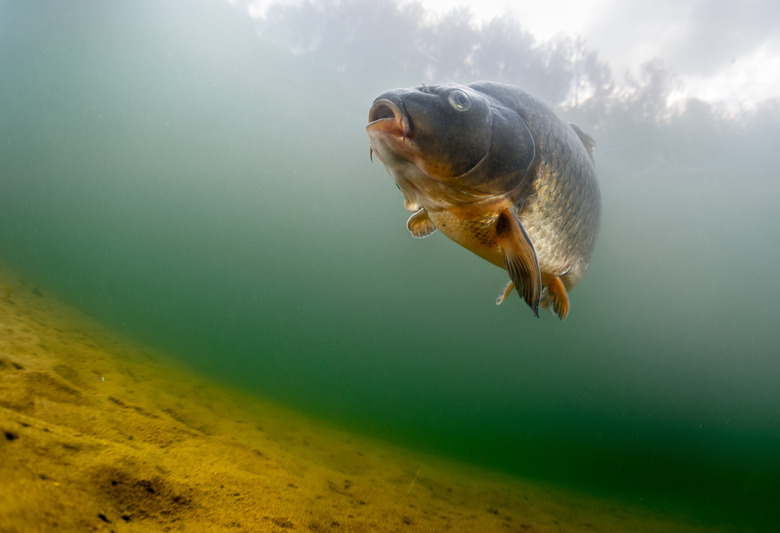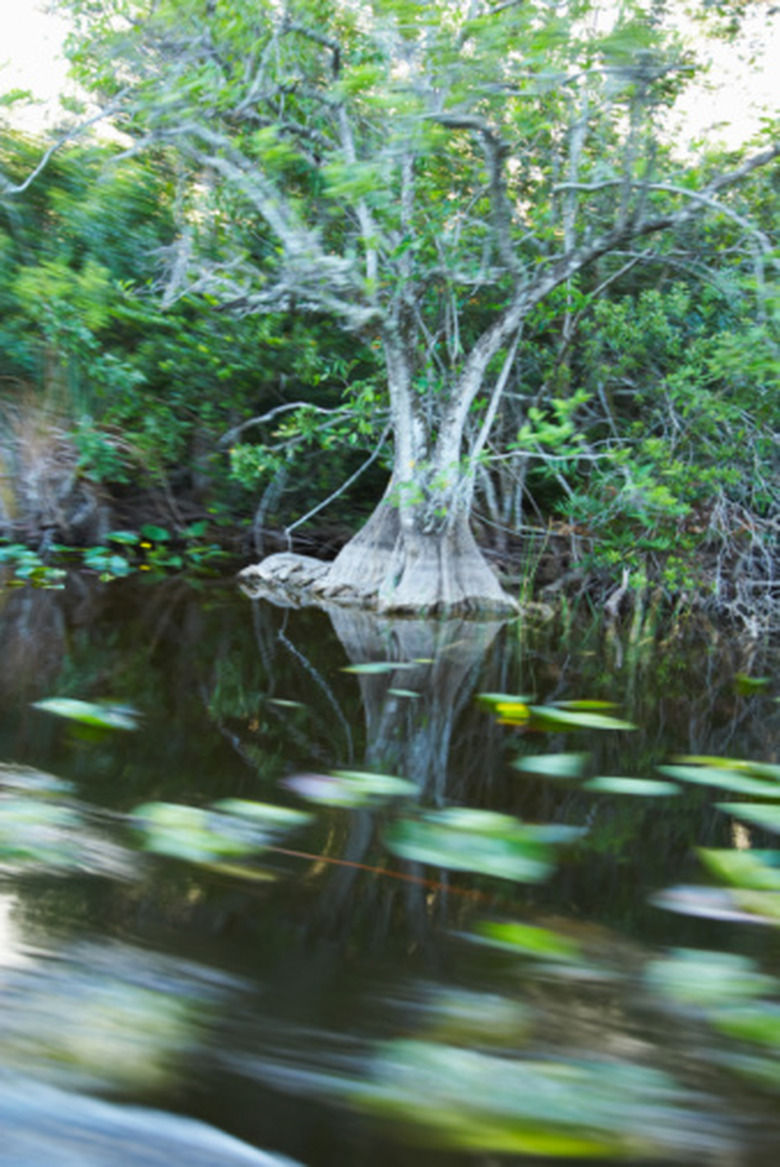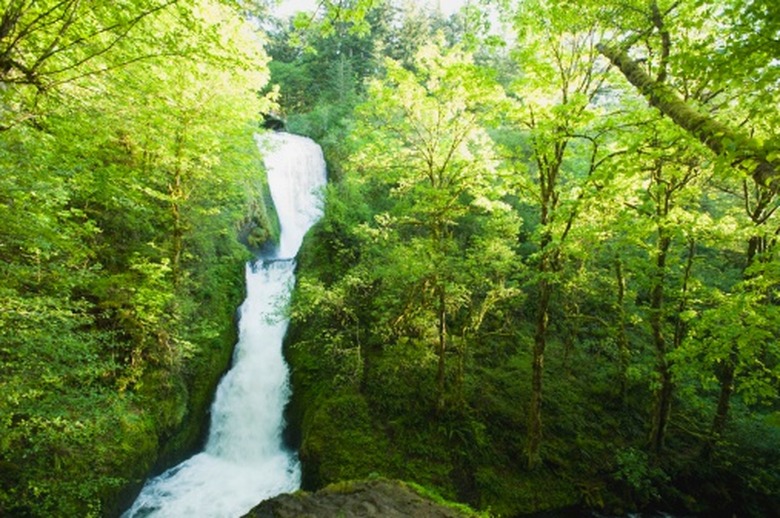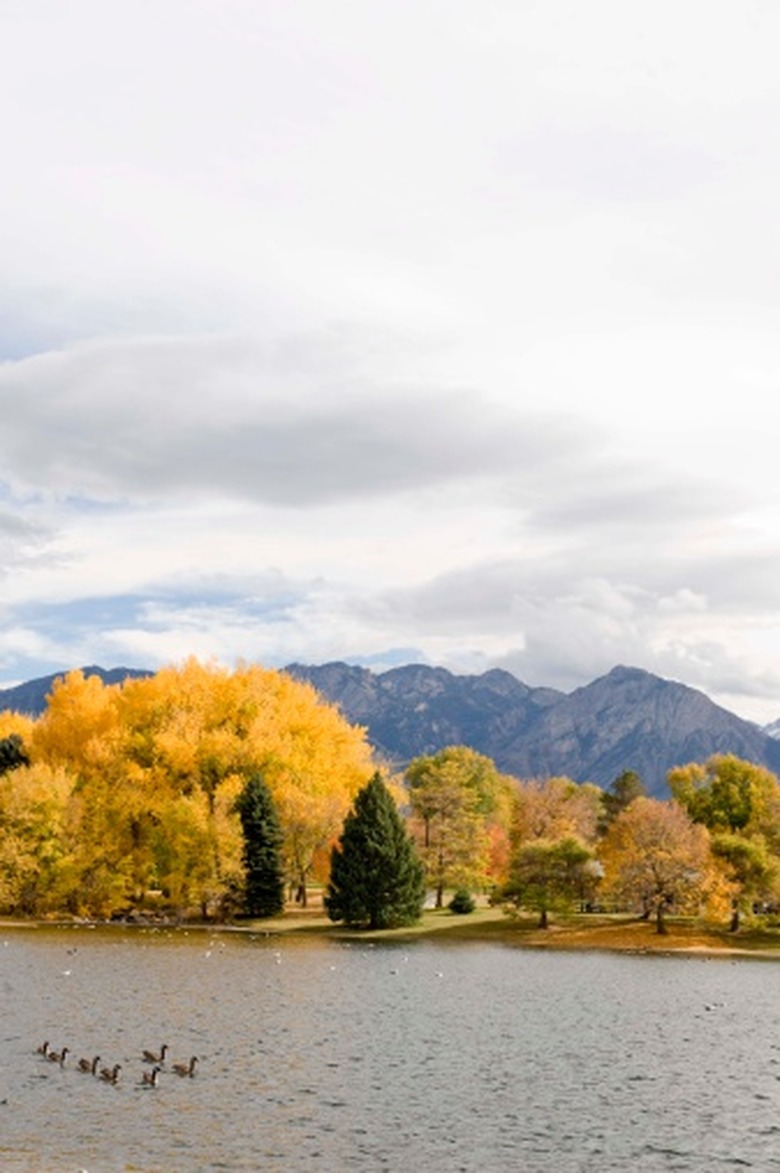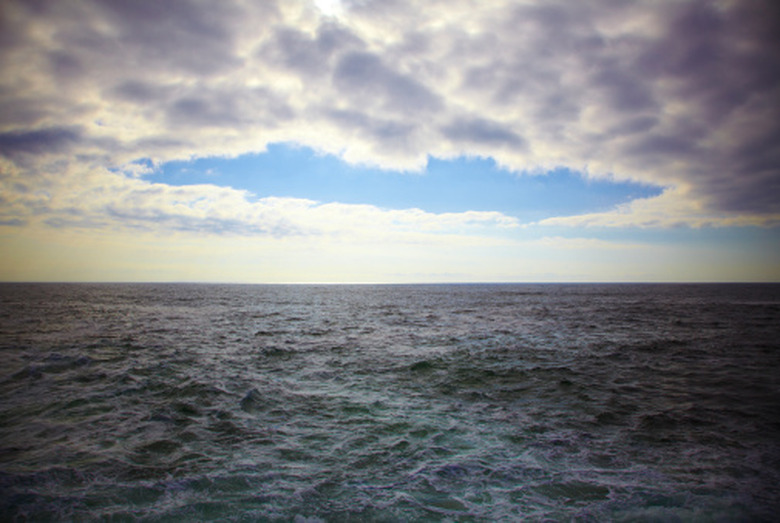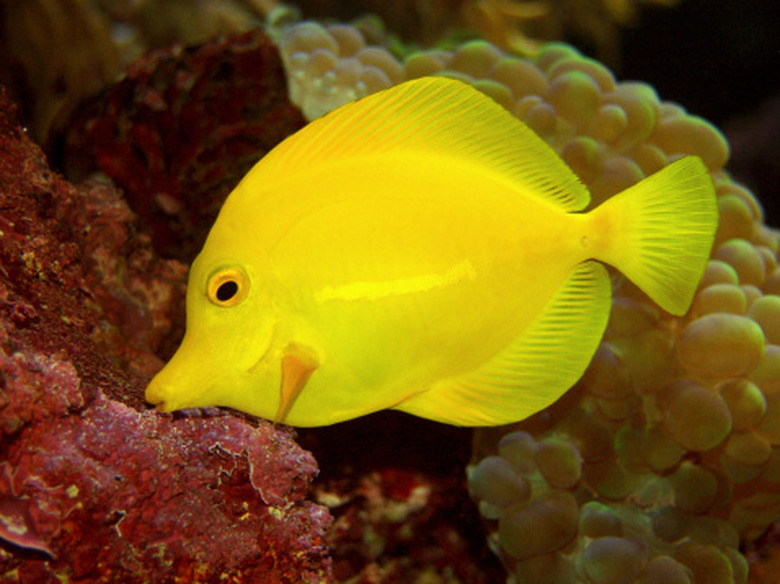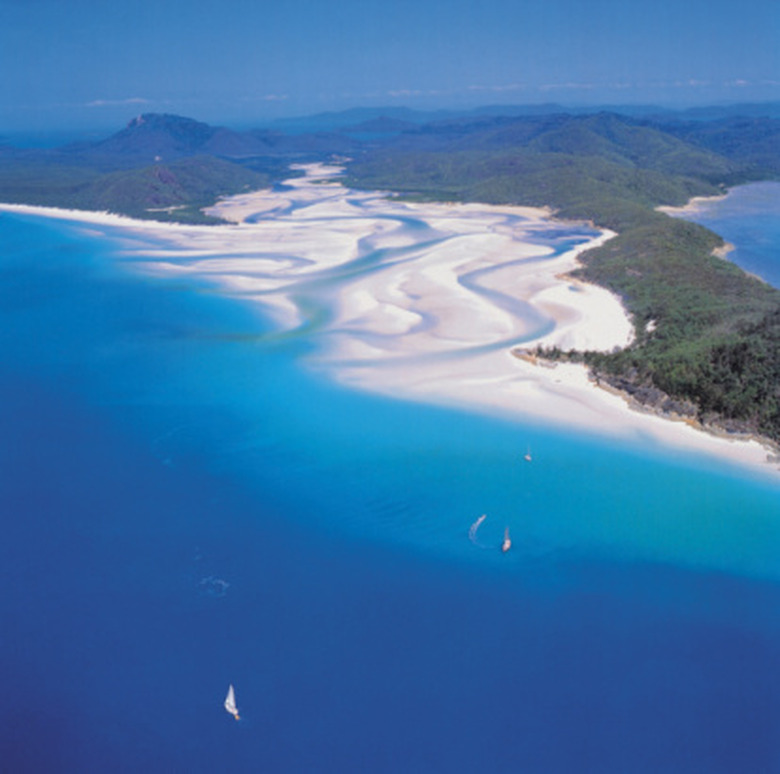Animals & Plants In The Aquatic Biome
The aquatic biomes, or ecosystems, of the world include freshwater and saltwater biomes. Freshwater biomes comprise rivers and streams, lakes and ponds, and wetlands. A saltwater biome could consist of oceans, coral reefs, estuaries, etc. A huge number of species of plants and animals live in aquatic biomes. Both freshwater and marine biomes contain specific regions, or aquatic zones, each exhibiting certain species of plants and animals.
Wetlands
Wetlands
Wetlands contain the greatest diversity of species in the world. These zones of standing water host a number of aquatic plants, including grasses, cattails, rushes, sedges, tamarack, black spruce, cypress, and gum. Animal species include insects, amphibians, reptiles, birds and mammals. Some wetlands contain high salt concentrations, and so are not considered freshwater ecosystems.
However, many wetlands, swamps, marshes and bogs are freshwater. Species in freshwater wetlands are different from the species contained in the salty aquatic zones.
Read more about the wetlands ecosystem.
Rivers and Streams
Rivers and Streams
Rivers and streams consist of water flowing in one direction from a source to the end, or mouth, of the river or stream. Water is coolest at the source, which could be snowmelt, springs or lakes. The highest concentration of oxygen is at the source as well, and many species of freshwater fish live here.
The middle reaches of a river or stream contain a greater diversity of plant species, including algae and other aquatic green plants. Mouths of rivers and streams contain more sediment and less oxygen, and give rise to species that require less oxygen to survive, such as carp and catfish.
Ponds and Lakes
Ponds and Lakes
The top zone of a pond or lake is called a littoral zone. Closest to the shore, shallow and warmer than the other zones, littoral zones contain diverse species of plants and animals, including algae, rooted and floating aquatic plants, snails, clams, insects, crustaceans, fish, and amphibians. Many of these species become food for other species such as ducks, snakes, turtles and mammals that live on the shore.
Near-surface open water that surrounds the littoral zone is the limnetic, home to plankton, both plant (phytoplankton) and animal (zooplankton). Plankton begins the food chain for most of the creatures on earth. Freshwater fish such as sunfish, bass and perch also inhabit this area.
The profundal zone is the deepest and coldest and contains the fewest number of species. Heterotrophs, or animals that eat dead organisms, live here. As there is little oxygen at this level, heterotrophs use oxygen for cellular respiration.
Saltwater Biome: Oceans
Saltwater Biome: Oceans
Oceans cover three-quarters of Earth's surface, and marine algae produce most of the world's oxygen supply. Oceans consist of four zones:
1. Intertidal 2. Pelagic 3. Benthic 4. Abyssal
Read more about the types of saltwater ecosystem.
The intertidal zone consists of the coastal regions and contains a great diversity of species of plants and animals. As the tides go in and out, this region is sometimes submerged and sometimes exposed, causing constant change. Seaweeds, algae, snails, crabs, small fishes, mollusks, worms, clams, and crustaceans live in the coastal area.
The pelagic zone consists of open ocean farther from the land and contains surface seaweeds, fish, whales, and dolphins. The benthic zone lies below the pelagic, and contains bacteria, fungi, sea anemones, sponges and fishes. Deepest ocean is the abyssal zone, where some invertebrates and fish live. Where there are hydrothermal vents, chemosynthetic bacteria find a home.
Coral Reefs
Coral Reefs
Coral reefs exist around the world in warm, shallow waters as barriers around continents, islands or atolls. Corals consist of algae and animal polyp, which obtain nutrients from algae through photosynthesis and by extending tentacles to catch passing plankton. Coral reefs are made of coral shells stuck together. Fish, sea urchins, sea stars, octopuses, invertebrates, and microorganisms also inhabit coral reefs.
Estuaries
Estuaries
Areas where freshwater streams or rivers merge with the ocean are estuaries. The mix of fresh and saltwater biomes with various salt concentrations creates a unique ecosystem with rich diversity. Algae, seaweeds, marsh grasses, and mangroves flourish in estuaries, as do worms, crabs, oysters, waterfowl, turtles, frogs, insects, and mammals.
Cite This Article
MLA
Neill, Patricia. "Animals & Plants In The Aquatic Biome" sciencing.com, https://www.sciencing.com/animals-plants-aquatic-biome-8018293/. 22 November 2019.
APA
Neill, Patricia. (2019, November 22). Animals & Plants In The Aquatic Biome. sciencing.com. Retrieved from https://www.sciencing.com/animals-plants-aquatic-biome-8018293/
Chicago
Neill, Patricia. Animals & Plants In The Aquatic Biome last modified March 24, 2022. https://www.sciencing.com/animals-plants-aquatic-biome-8018293/
